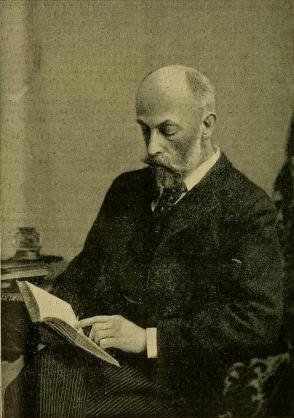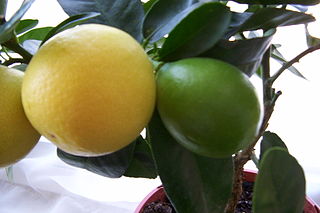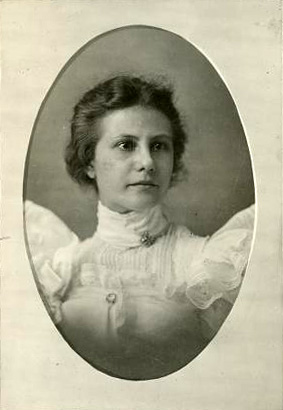
Douglas Houghton Campbell was an American botanist and university professor. He was one of the 15 founding professors at Stanford University. His death was described as "the end of an era of a group of great plant morphologists."

John Merle Coulter, Ph. D. was an American botanist and educator. In his career in education administration, Coulter is notable for serving as the president of Indiana University and Lake Forest College and the head of the Department of Botany at the University of Chicago.

William Francis Ganong was a Canadian botanist, historian and cartographer. His botany career was spent mainly as a professor at Smith College in Northampton, Massachusetts. In his private life he contributed to the historical and geographical understanding of his native New Brunswick.

Sir William Turner Thiselton-Dyer was a leading British botanist, and the third director of the Royal Botanic Gardens, Kew.

Walter Tennyson Swingle was an American agricultural botanist who contributed greatly to the classification and taxonomy of citrus.

Elmer Drew Merrill was an American botanist and taxonomist. He spent more than twenty years in the Philippines where he became a recognized authority on the flora of the Asia-Pacific region. Through the course of his career he authored nearly 500 publications, described approximately 3,000 new plant species, and amassed over one million herbarium specimens. In addition to his scientific work he was an accomplished administrator, college dean, university professor and editor of scientific journals.

Thomas Jonathan Burrill was an American botanist, plant pathologist, and college administrator who first discovered bacterial causes for plant disease. He introduced Erwinia amylovora as the causal agent of pear fire blight.
Michael Schuck Bebb was an American systematic botanist in the 19th century with a reputation as the leading salicologist in both America and Europe. His extensive work on the genus Salix led to several plants being named in his honour.

John William Harshberger, was an American botanist who specialized in plant geography, ecology and plant pathology. He taught at the University of Pennsylvania for more than 35 years. He was an ardent plant conservationist and he is credited with coining the term "ethnobotany".

Clara Henriette Hasse was an American botanist whose research focused on plant pathology. She is known for identifying the cause of citrus canker, which was threatening crops in the Deep South.
Sidney Fay Blake (1892–1959) was an American botanist and plant taxonomist, "recognized as one of the world's experts on botanical nomenclature."
Jason Richard Swallen was an American botanist specializing in grasses.

Erwin Frink Smith was an American plant pathologist with the United States Department of Agriculture. He played a major role in demonstrating that bacteria could cause plant disease.

Nellie Adalesa Brown (1876–1956) was an American botanist and government researcher. Much of her research focused on plant pathology. While working with Charles Orrin Townsend and Agnes J. Quirk as assistants for Erwin Frink Smith, Brown and her colleagues described Agrobacterium tumefaciens, the organism responsible for crown gall in 1907. They also identified methods of mitigation.

Lucia Alma McCulloch was an American botanist and plant pathologist in the United States Department of Agriculture Bureau of Plant Industry. Her work focused on crown gall and gladiolus diseases and pests. A colleague in the department run by Erwin Frink Smith, she also collaborated with botanist Nellie Adalesa Brown.
Alfred Fischer was a German botanist. His is known for his dispute with Erwin Frink Smith over the role of bacteria in plant pathology.

Josephine Adelaide Clark was an American teacher, librarian, and botanist. She was the head librarian of the United States Department of Agriculture from 1901 to 1907. Clark was a part of the second class to graduate from Smith College in 1880 and she conceived the idea of publishing a card index of new genera and species of American plants, which was continued at the Gray Herbarium.

Reginald H. Haskins was a Canadian mycologist. Born in North Bay, Ontario, Haskins trained as a botanist, specializing in mycology, receiving his master's degree from the University of Western Ontario and his doctorate degree from Harvard University in 1949. He lived with his wife and three children in Saskatoon, Canada.

A textbook of general botany is a botany book first published in 1924 by Gilbert M. Smith, James B. Overton, Edward M. Gilbert, Rollin H. Denniston, George S. Bryan and Charles E. Allen. The textbook gives a broad introduction to the various elements and concepts of general botany.
















